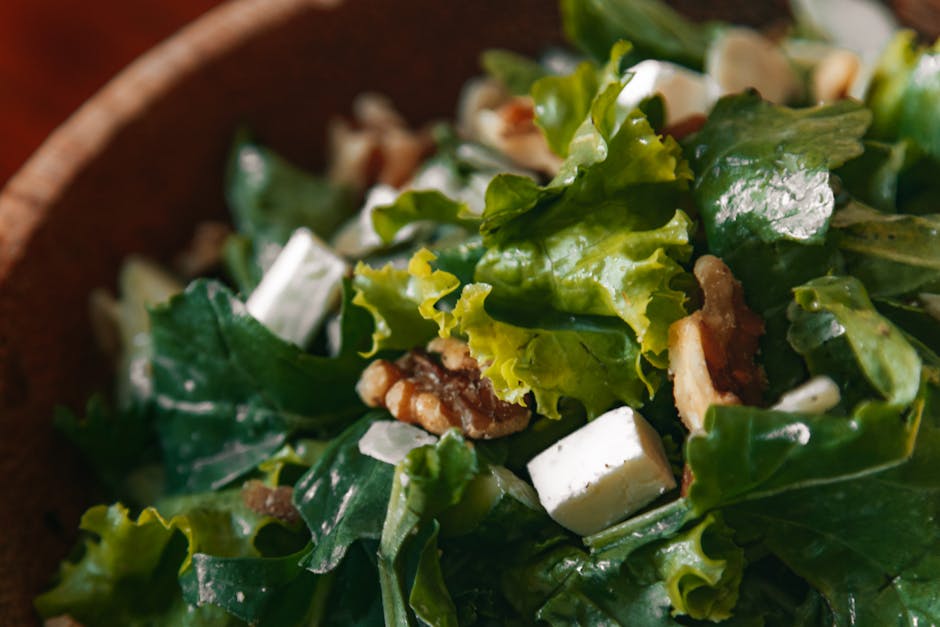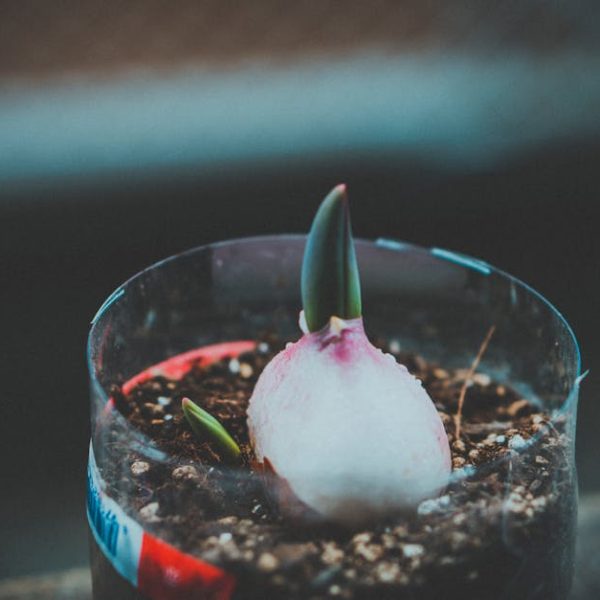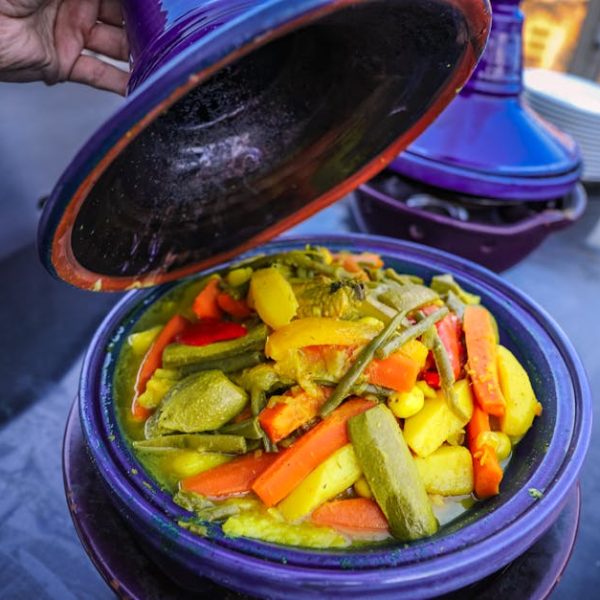Freezing Spinach Made Simple Yet Effective
Retaining the vibrant colors and nutritional punch of spinach throughout the year can be quite a challenge. However, freezing this leafy green vegetable is one way to preserve its freshness for future culinary needs. Whether you have an overabundance of fresh spinach from your garden or you’ve found a great sale at your local grocery store, these straightforward methods will assist you in freezing spinach quickly and efficiently.
Washing and Preparing Spinach for Freezing
Before the freezing process begins, thoroughly washing and preparing the spinach is crucial. This step ensures that any lingering dirt or pests are safely removed. Dip all the leaves into a basin of water, making sure they are entirely submerged. Agitate them gently, freeing any soil clinging to the leaves, and drain. Repeat this process until the rinse water remains clear.
Pro Tips:
- Even when you buy organic spinach or harvest from your garden, wash until no dirt residues. Ignoring this step might lead to a gritty texture later on.
- After washing, remove excess water using a salad spinner or pat them dry with a clean kitchen towel. It’s essential to minimize moisture before freezing to prevent unwanted ice formation.
Brief Introduction to Blanching Spinach
Blanching is a method of lightly cooking vegetables before freezing. It helps maintain the vibrant green color of spinach and better preserves its flavor and nutrients. Additionally, blanching eliminates any harmful bacteria or pests present on the spinach leaves. However, this method does require extra time and resources.
Blanching: Pros and Cons
| Pros | Cons |
|---|---|
| Preserves color and nutrients. | Requires time and resources. |
| Eliminates bacteria and pests. | May lead to slightly cooked flavor. |
Procedure to Blanch and Freeze Spinach
To blanch, boil a large pot of water and immerse the spinach leaves. Blanch them for about two minutes, then promptly strain the leaves and plunge them into a basin of ice water. This shocking method halts the cooking process, preserving the spinach’s vibrant color and nutritional value. After cooling, squeeze out excess water and package in freezer-safe storage bags or containers.
Checklist:
- Submerge spinach in boiling water.
- Use a timer to avoid over-blanching.
- Shock it in iced water instantly.
- Drain thoroughly and squeeze out any remaining water.
Do not miss any step from the checklist for optimal quality frozen spinach. Up next, we will explore an extra freezing method for the adventurers in the culinary world.
Procedure for Flash Freezing Spinach
Flash freezing provides a feasible alternative to the above-discussed blanching procedure as it efficiently frees you from the latter’s requirement of significant time and resources. In flash freezing, you directly subject the spinach leaves to the freezing process without preliminary cooking.
After washing the spinach and patting it dry, arrange the individual leaves on a tray, ensuring that they are not touching. By freezing them separately initially before bundling them together into a freezer bag, you will be able to break off whatever amount you need from the frozen chunk smoothly without having to thaw the entire bag.
Best Practices:
- Always dry the leaves thoroughly after washing to prevent ice from forming on the leaves, impairing their texture when thawed.
- Freeze smaller portions for easy thawing and use in individual meals.
Maintaining and Using Frozen Spinach
Proper storage of frozen spinach is the key to its longevity and quality. Always store the bags containing spinach in the deep freeze area of your freezer where the temperature is consistently below zero. This practice ensures a stable state of freezing, preventing the spinach from thawing and refreezing, which might otherwise degrade its texture and taste.
Advice:
- Limit the exposure of frozen spinach to open air, which might introduce moisture and result in freezer burn.
- Most importantly, do not refreeze once thawed. Always only thaw the amount you need for the recipe in hand.
You can cook frozen spinach directly without the need to thaw it first. If any excess water from the freezing process is released during cooking, it can easily be drained off. Frozen spinach is very versatile and can be used in a variety of dishes, such as soups, casseroles, omelets, and quiches.
These simple yet effective methods will help you keep spinach ready at your disposal throughout the year. Depending on whether you’re time-rich or time-poor, you can choose to blanch or flash freeze spinach. Always remember; quality preservation is not merely about freezing but also involves washing, storing, and using strategies. Enjoy your delicious spinach-packed meals!
Key Takeaway:
- Thoroughly washing spinach before freezing removes any dirt or pests.
- Blanching spinach before freezing preserves its color, flavor, and nutrients, and also removes harmful bacteria. While this method requires some extra effort, it offers long-lasting benefits.
- Flash freezing spinach is a quicker method that involves directly freezing washed leaves. This does away with the extra time needed for blanching but requires proper drying to avoid ice formation.
- Proper storage, limiting exposure to air, and not refreezing after thawing can retain the quality and longevity of frozen spinach.
- Frozen spinach can be used directly in cooking, and is suitable for a myriad of recipes.
Keep in mind that preserving the quality of spinach isn’t only about freezing it right, but also involves proper preparation, washing, and post-freezing care. Depending on your specific time constraints and culinary needs, choose a method that best suits you and enjoy nutrient-rich spinach all year round!
FAQs
Q: Can I freeze spinach without blanching it first?
A: Yes, you can freeze spinach without blanching by using the flash freezing method. However, do ensure the leaves are thoroughly dried after washing to prevent ice formation.
Q: How long can I keep frozen spinach?
A: Frozen spinach can be kept up to 9-14 months if stored correctly. Remember to limit its exposure to air and keep it in the coldest part of your freezer.
Q: Can I refreeze spinach once it’s been thawed?
A: It’s not advisable to refreeze spinach once it’s been thawed, as this can affect the texture and taste of the vegetable.
Q: Is there a particular bag to store frozen spinach in?
A: While no particular bag is necessary, using freezer-safe bags or containers is recommended to maintain the quality of your frozen spinach.
Q: Can I cook frozen spinach without thawing it?
A: Yes, you can use frozen spinach directly in your dishes. If any excess water is released during cooking, simply drain it off.
We hope this post has given you a new perspective on preserving spinach. Feel free to share this article and check out more fantastic posts on our website!






